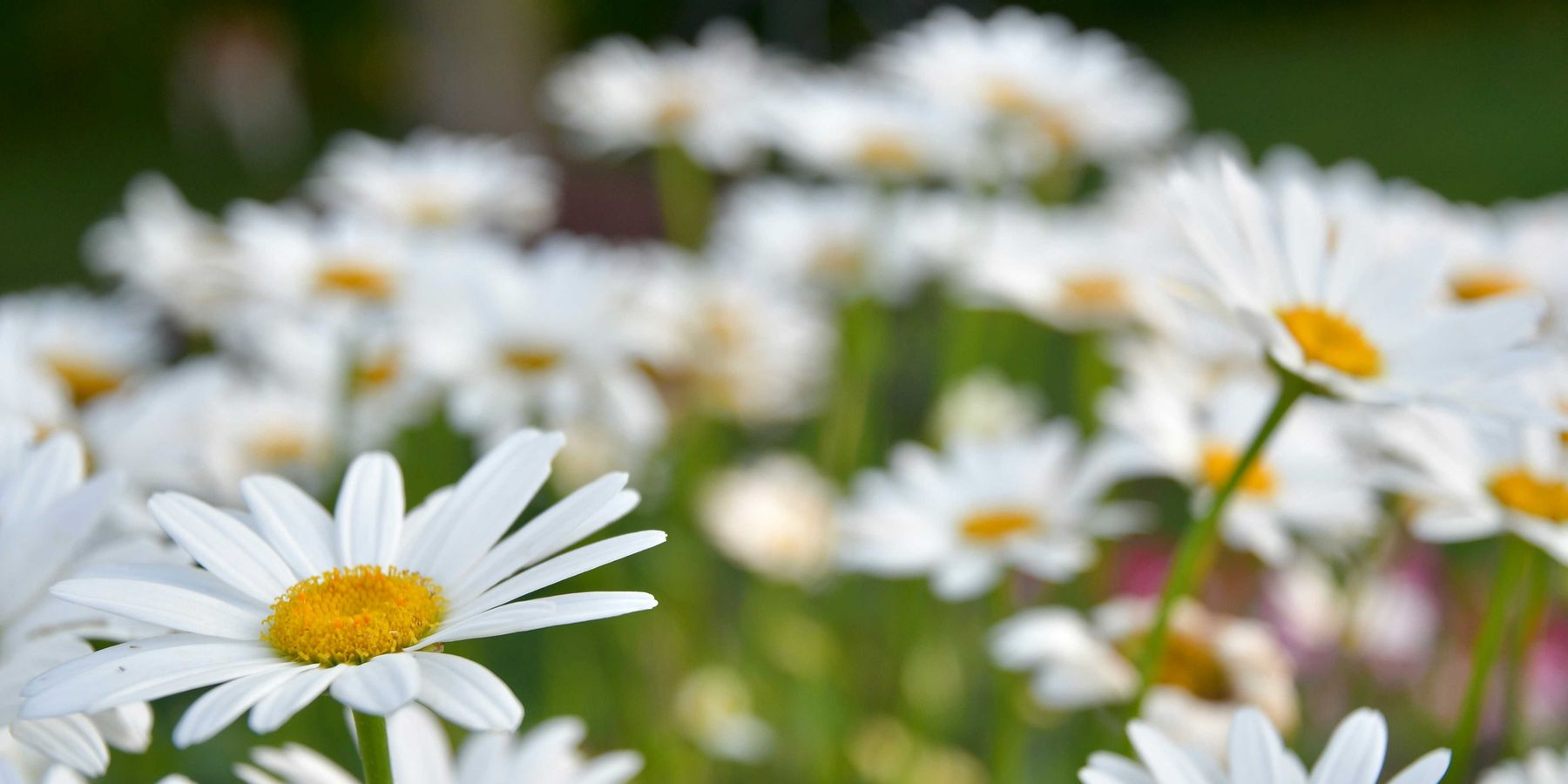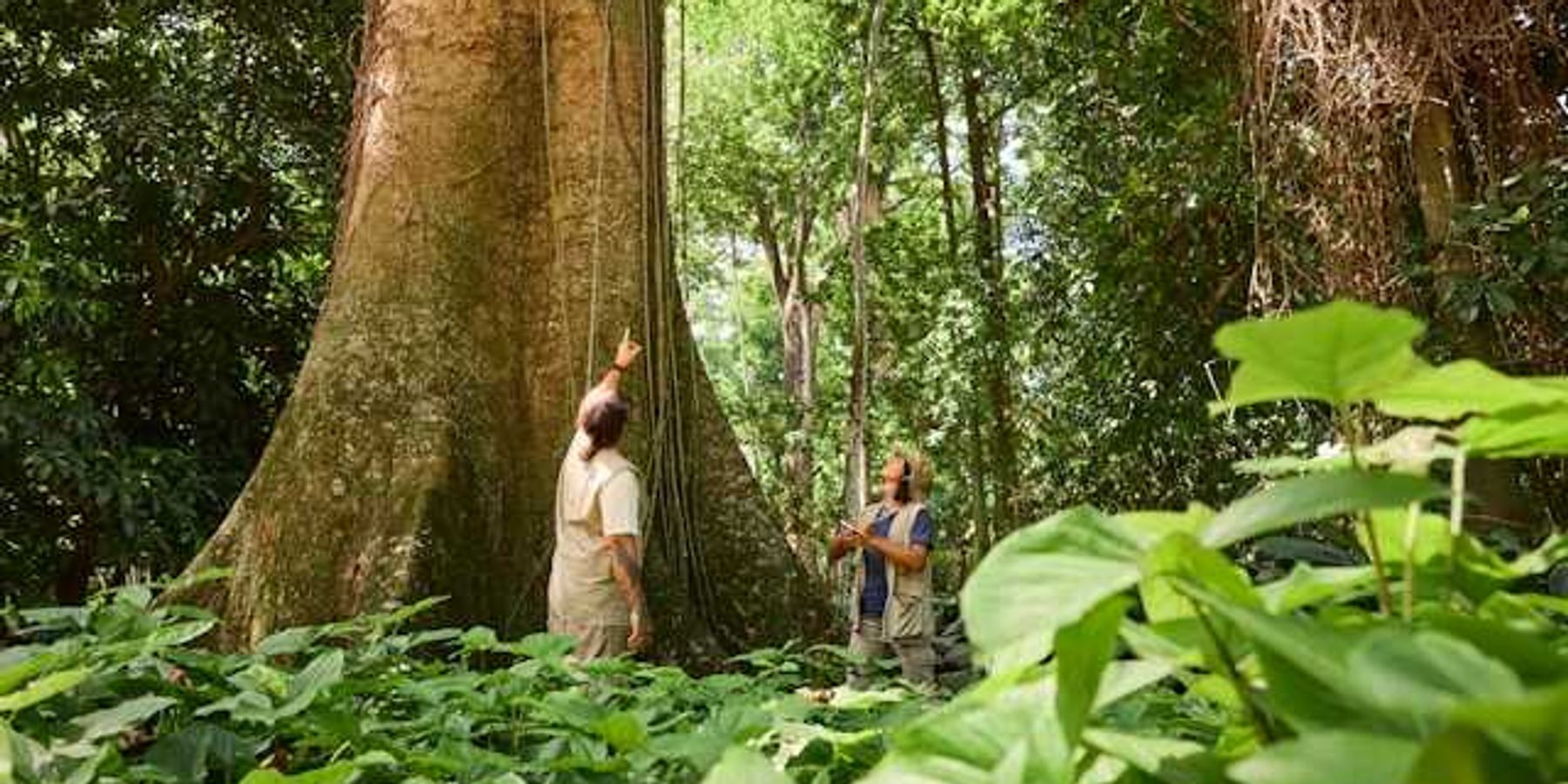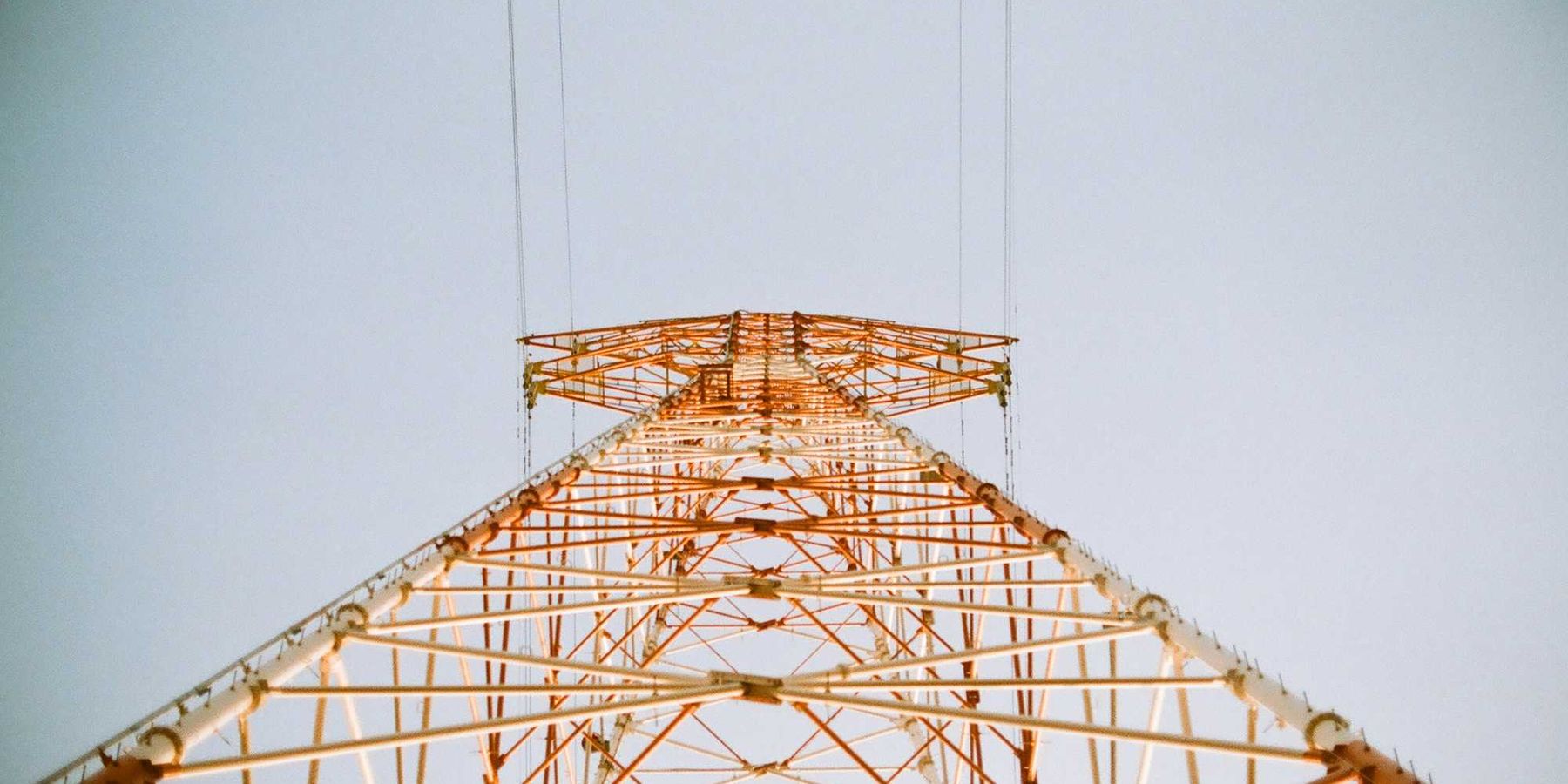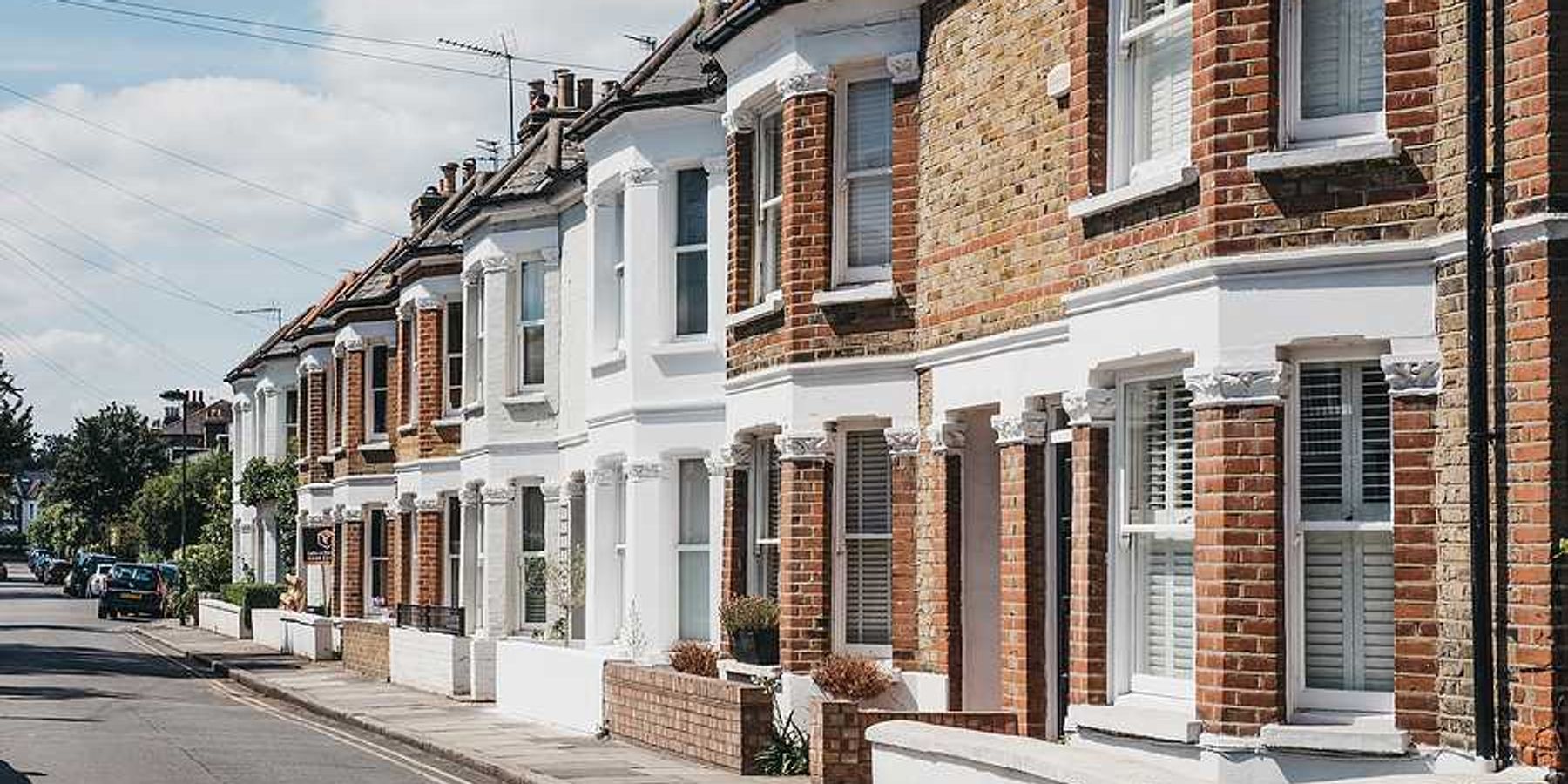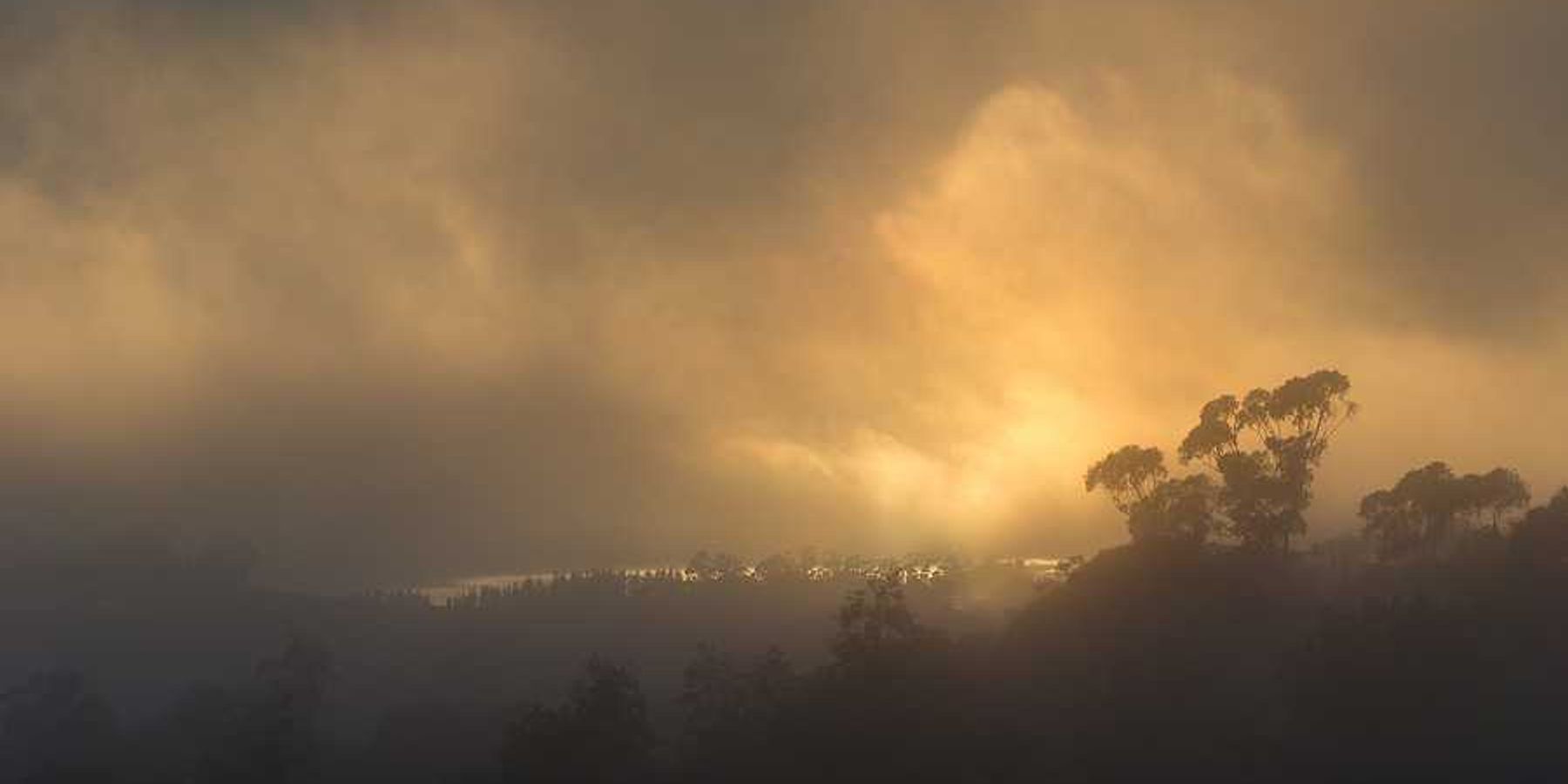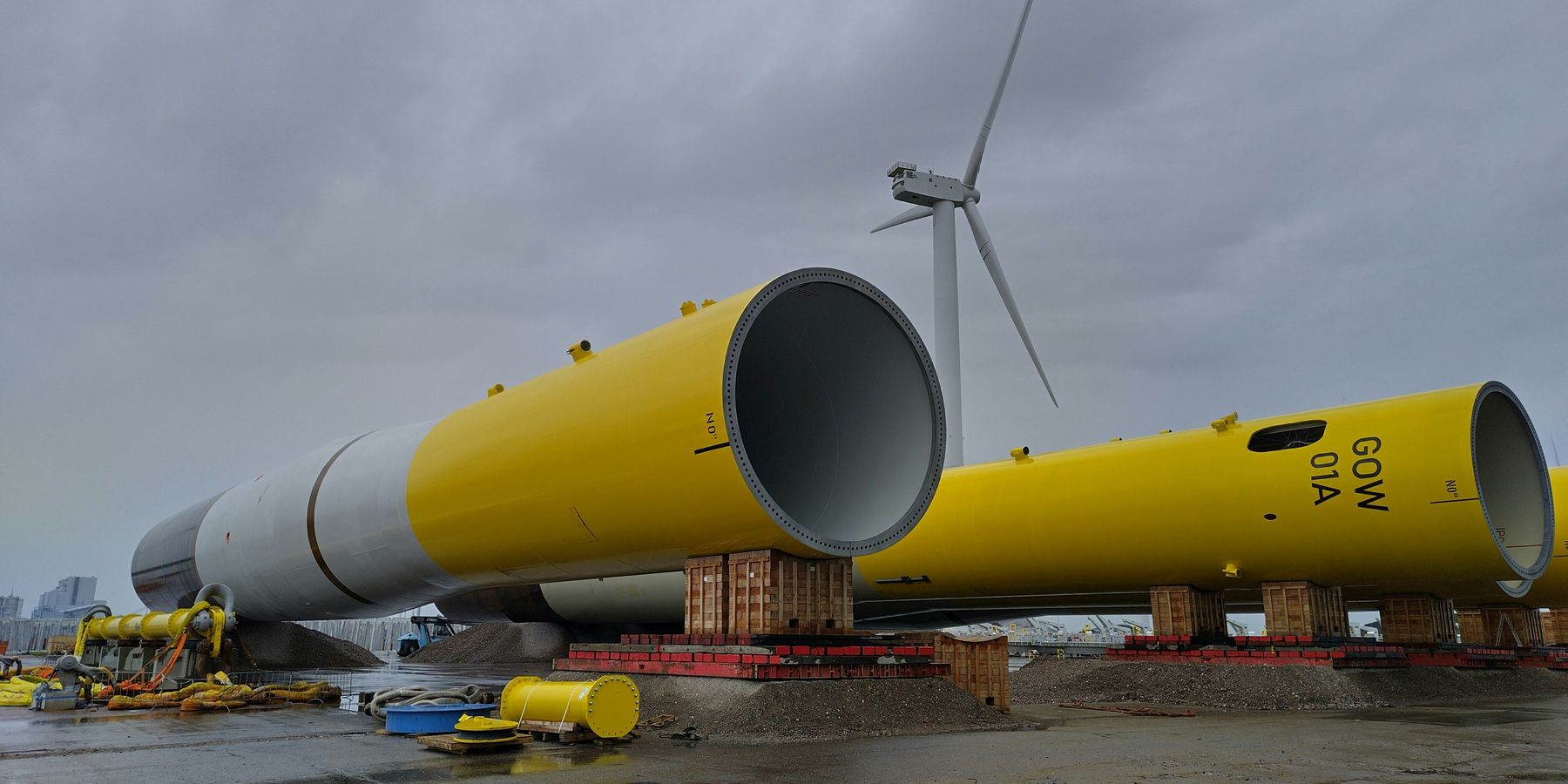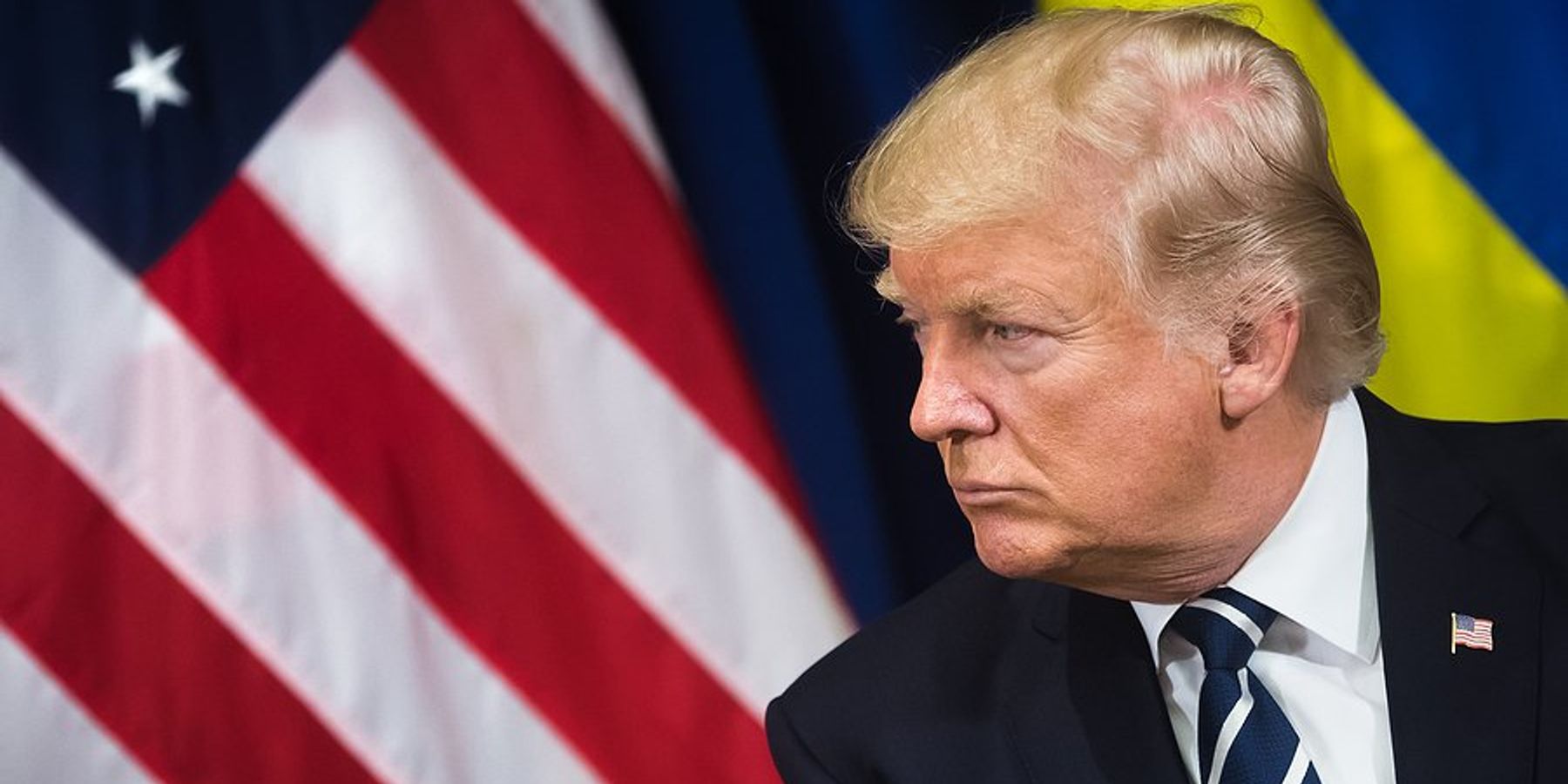The Holocene climate experience.
The history of climate and human health gives us a glimpse of the dramatically amplified risks we face if present trends continue.
What can we learn from the past to guide us in adapting to future climate change? What does the story about human experiences of past natural climatic changes tell us in broad terms? At the least it points to the types of risks to the health, survival, and social stability that may result from this century’s human-driven climate change.
The Holocene spans 11,000 years, a mere sliver of the total Homo sapiens experience of climate variation, but it provides a good entry point. The rigors of the preceding ice age gave way to climatically congenial times which have been sustained, by and large, throughout the Holocene epoch.
This latest of the nine interglacial periods during the past million years has been the one in which anatomically and behaviorally modern humans began exerting increasing control over the environment and its carrying capacity by shifting toward growing crops, herding animals, managing water flows, and building settlements.
Overall, cooling and drying episodes during the Holocene outnumbered heating episodes and there is an important point here. Excursions beyond the “just right” comfort-zone temperatures, either by warming or cooling, impair biological function and well-being.
This applies widely: to human health and survival in the face of extremes of heat or cold, to mosquito survival and rates of development of the malaria pathogen inside the mosquito gut, to plant photosynthesis and crop yields.
For many health-related outcomes, such as the ease of cholera transmission, food yields, and the reproductive capacity of plague-transmitting fleas, both too much and too little rain increase the risks to health.
Excursions beyond the “just right” comfort-zone temperatures, either by warming or cooling, impair biological function and well-being.
Whereas warming in Central Asia around 1300 C.E. helped trigger the bubonic plague pandemic, it was rapid cooling during the late 530s that prompted the spread of the disease and then, in Constantinople, ignited the explosive Plague of Justinian
The main general conclusion to be made about climatic impacts on health and survival during the Holocene is this: whether in the Arctic, temperate regions, or the tropics, the climatic comfort zone that sustains food and water supplies, stability of ecosystems, and other basic needs is confined within a narrow range of temperatures and a particular pattern of seasonal rainfall.
Outside that comfort zone, stresses mount, biological function is compromised, and human health is impaired.
The historical record indicates that most of the natural world’s species, ecosystems, and regional physical processes that our societies and biological health depend on are sensitive to rather small changes in climatic conditions.
Those plants, animals, and ecosystems must take the climate as it comes; if stress, disease, deaths, displacement, and extinction follow, that is part of the uncompromising currency of life and survival in the natural world.
We humans, however, have partially insulated ourselves with cultural assets and technological skills that can mitigate or adapt to—but not eliminate—our vulnerability to the vicissitudes of climate and environmental changes.
For all our cleverness, there is a serious chink in our species’ armour. Humans, as products of evolution’s central “survive the present” criterion, lack a strong hardwired instinct to act on behalf of the distant future and on behalf of species and ecosystems that are far away and unfamiliar.
Earlier societies typically made reactive responses to climatic adversity, and often did so too late. They had limited information and awareness that critical environmental limits were being breached and limited formal knowledge of the workings of ecosystems and the climate system, and accordingly they had little forecasting capacity that could support proactive planning.
So they did little more than build city walls, irrigation systems, and granaries to buffer them against any future floods and droughts. Today we know much more about the workings of the planet, the biosphere, and the climate system, as well as the mounting pressures on those systems.
This knowledge, teamed up with our cerebral capacity for abstract thought and imagining the future, should enable us to respond in more proactive fashion. But will it?
Humans lack a strong hardwired instinct to act on behalf of the distant future and on behalf of species and ecosystems that are far away and unfamiliar.
The rear view mirror of history offers a view of the world’s climate as two-faced: sometimes friendly, sometimes fearsome. Both sustained and abrupt changes in climate have left their mark on food production, epidemic outbreaks, and conflict, leading in each case to deaths, injuries, and a trail of disease.
The extent of a change in climate is very often as important as the actual direction of the climatic change. Human cultures, their built environments, and, most important, the natural resource base on which they depend have been shaped over several thousand years to the Holocene climate that prevailed in that region.
Both significant cooling and warming, acting via biological, ecological, and social impacts, may endanger food yields, contribute to infectious disease outbreaks and spread, affect water quality and availability, and exacerbate social disruption, impoverishment, and displacement.
Some will argue that humans have coped with past climate changes and can therefore do likewise in the future. Two points should be understood. First, historically, many populations and whole societies did not cope well; much misery, impoverishment, illness, and early death resulted, and some societies went into hastened decline.
Second, the future climate and environment will not be a simple variation on the Holocene experience.
Given our current trajectories, within a century or so this planet is likely to have a distinctly different climate, landscape, and biotic profile from the world that we and our Homo sapiens ancestors have known.

